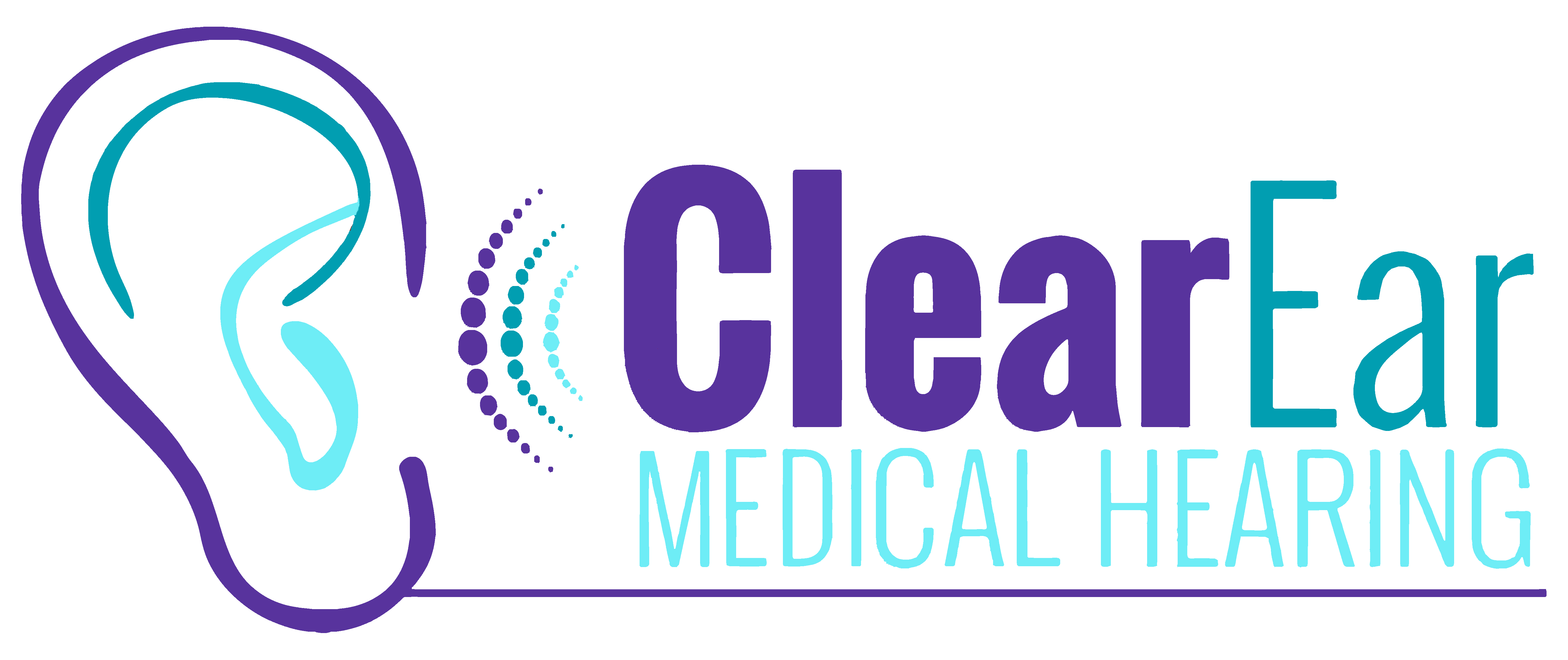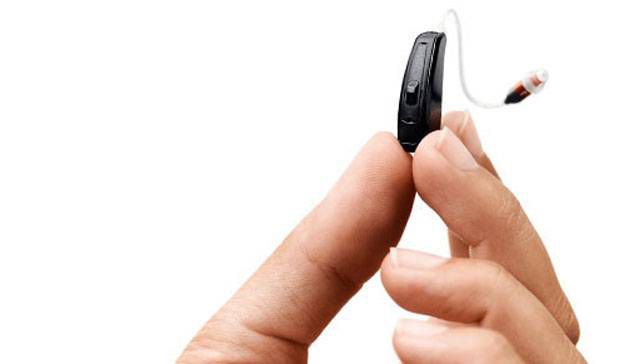Adjusting to life with hearing aids takes a bit of time, so it pays to be prepared for what’s ahead. The following is a list of the most common problems hearing aid customers face, and how to fix them. The good news is that because these issues are so common, the designs of hearing aids have evolved to accommodate almost all of them.
Problem #1: Battery Life
Hearing aids require tiny batteries to operate, meaning you’ll always need to be aware of your hearing aid’s battery life.
The Solution: We no carry a rechargeable option so you won’t have to worry about the batteries. We also offer an upgrade option from your current hearing aids. If you don’t want the rechargeable option then Carry spares! They don’t take up a lot of space so you’ll be able to have multiple batteries on hand. Expect to get anywhere from 4 days to 2 weeks out of each battery and remember to switch out the batteries whenever possible.
Problem #2: Moisture Concerns
Whether it’s our sweat, the shower,a rainy day or you live in Florida, hearing aids are bound to come into contact with moisture. Many people worry that excessive moisture will damage their devices, or cause them to slip and fall out.
The Solution: Hearing aids are built to hold up against the elements, including moisture. For added protection many of our hearing aids now come with Nano protective coating. While we still recommend taking hearing aids out during a shower, a bit of sweat or a little bad weather won’t cause damage.
Problem #3: Too Much Ear Wax
In the past, excessive ear wax has been known to interfere with hearing aids as it blocked the device’s microphone and other small parts, hindering their performance.
The Solution: With regular hearing aid cleaning in our office (never charged a fee) and annual ear wax removal if needed, ear wax is unlikely to build up to an amount that could clog your devices. Wipe the hearing aids clean after you remove them to avoid build up on the devices themselves, and choose a hearing aid that has a protective coating, as mentioned above.
Problem #4: Feedback
When hearing aids pick up on their own operating noises, usually when something is rubbed against them, they end up amplifying the sounds they’re making, causing a jarring, high-pitched squealing sound.
The Solution: Make sure you are having your hearing aid cleaned often along with the wax removal annually and make sure it fits properly. If feedback is a concern for you, make sure to select a hearing aid that comes with a feedback elimination feature, such as the DFS Ultra 11.
Problem #5: Maintaining an Active Lifestyle
When you first start wearing a hearing aid, it’s going to feel a little strange, maybe even bulky, despite its small size. Many people end up wondering how they are going to maintain the active lifestyles they are used to, like going to the gym or wearing a helmet while mountain biking or even working out in the yard.
The Solution: Hearing aids are now so small they are unlikely to interfere with any type of physical activity, especially if you opt for one of the Resound Linx2 3D products. These types of devices are perfect for people with active lifestyles. They are also perfect for patients that move or live in other parts of the world during the year. WE now have the capability of adjusting remotely no matter where you reside or vacation!
Problem #6: Background noises
Helping people that live an active lifestyle is a constant commitment for our offices. One of the main reasons we feel it is important our hearing aid patients enjoy life where background noises are is because we encourage them to socialize and not let hearing loss define them.
The Solution: We now have the option of fitting you with a hearing aid that has Binaural Directionality 11 with Spatial Sense. The two hearing aids work together to help the brain focus in on the person you want to hear in a noisy situation, while still maintaining an overall awareness of your environment so you can switch focus to hear somebody else if required.In addition, the hearing aids exchange information to more accurately locate and separate different sounds in the environment to provide better spatial (3D) awareness
Problem #7: Sleeping
A common question people new to hearing aids have is what to do at bedtime? Leave them in, and the discomfort is bound to affect the quality of your sleep. Take them out, and how will you hear your children, an intruder, an alarm clock, or a smoke detector?
The Solution: There are hearing aids available that are suitable for 24/7 wear. Let your hearing care professional know if you are concerned about having to wear hearing aids through the night. He or she can match you up with the appropriate device and customize the device’s sleep setting to suit your needs.
Problem #8 Headaches
As you’re getting used to the feeling and functionality of your new hearing aid, it’s possible you might experience mild headaches at the start, or at the very least something called a “stuffy head syndrome,” which feels a bit like having plugged ears.
The Solution: If hearing aids are causing persistent headaches, something is wrong with the way they are fitted or the way have been set up. It might be that the settings on your hearing aid are too loud for what you’re ready for. A hearing care professional can adjust the settings to reduce the power of your hearing aid, giving you time to acclimate to the new world of sound around you. We start our new wearers out below what their hearing loss is at. You can not give someone full hearing back at 1 sitting. This could cause headaches, patients getting frustrated and not wearing them, etc.
Problem #9: Volume Control
Hearing aids used to require a lot of adjusting, whether you were talking on the phone, listening to the television, or sitting around the table during a loud dinner party. Many people new to hearing aids fear they will have to account for these scenarios throughout the day, constantly drawing attention to the fact they are wearing hearing aids.
The Solution: Only digital 3D! Today’s digital hearing aids auto-adjust to your surroundings, minimizing the amount of time you’ll have to spend fussing over volume control. Most of our hearing aids also come with a smart phone feature to be able to discretely change your program or volume at ease.
Problem #10: Malfunctions
Since hearing aids are intricate devices, a lot of people worry they are fragile and prone to breaking down, especially in the event they are dropped, stepped on, or eaten by the dog! The concern about hearing aids malfunctioning is two-fold: covering replacement costs and suffering from downtime.
The Solution: Avoid buying your hearing aids online, as the time is takes to mail the devices back for repairs if they break down may be lengthy or may not even come with a warranty. Instead, shop for a hearing aid locally and ask about additional coverage options. Our standard hearing aids come with at least a 1 year warranty for lost & damage and can be up to a 3 year warranty depending on the model your hearing loss would need.


Recent Comments